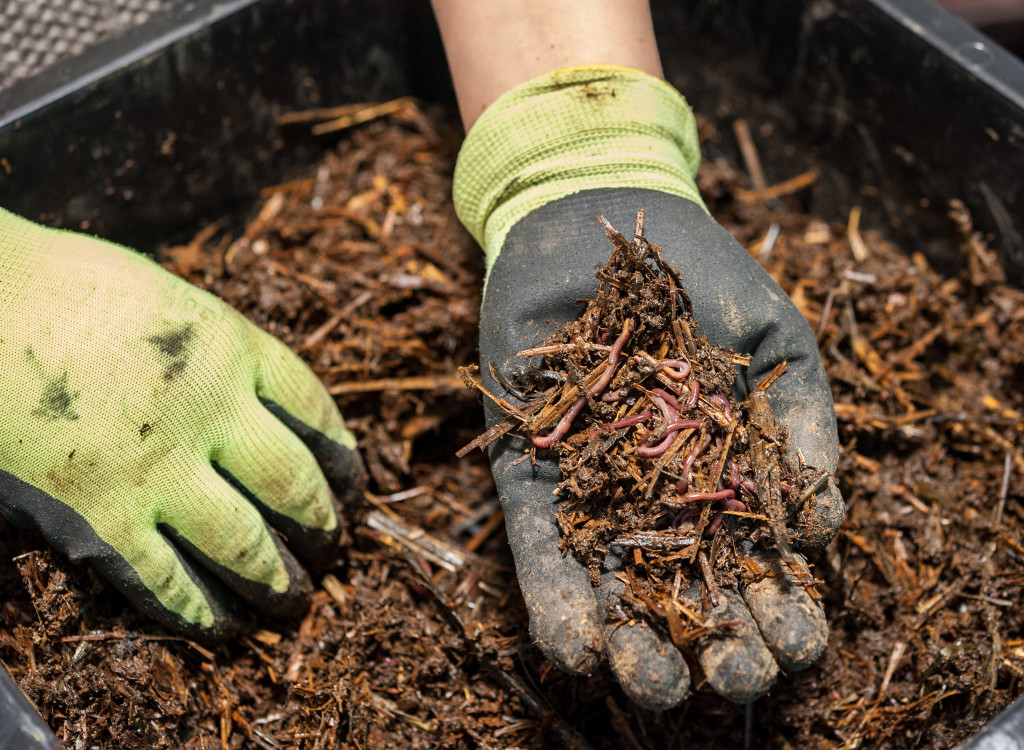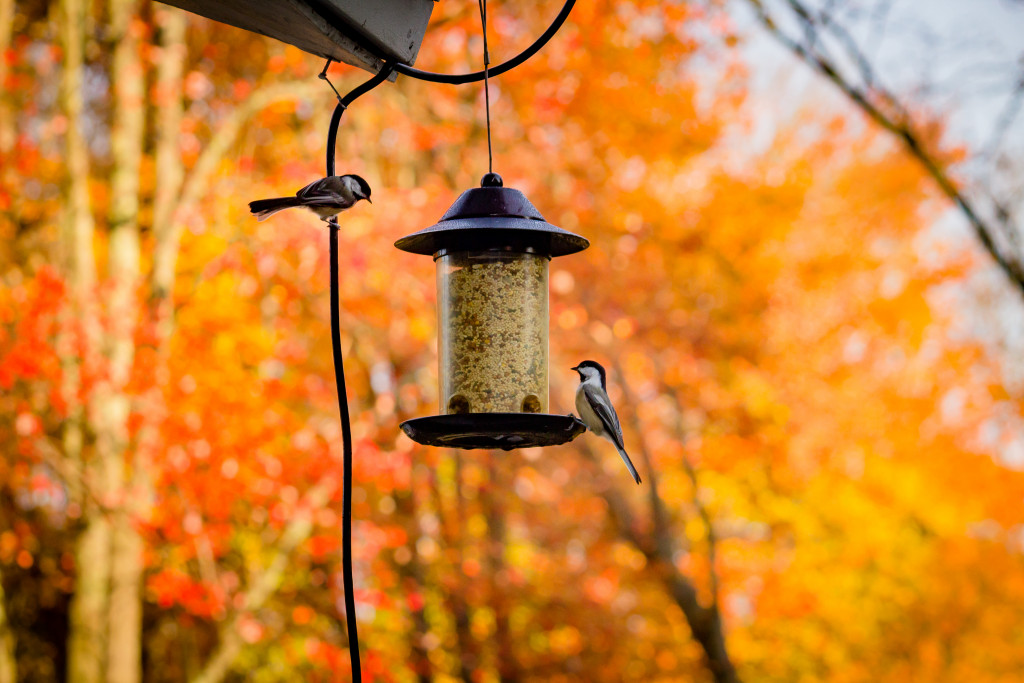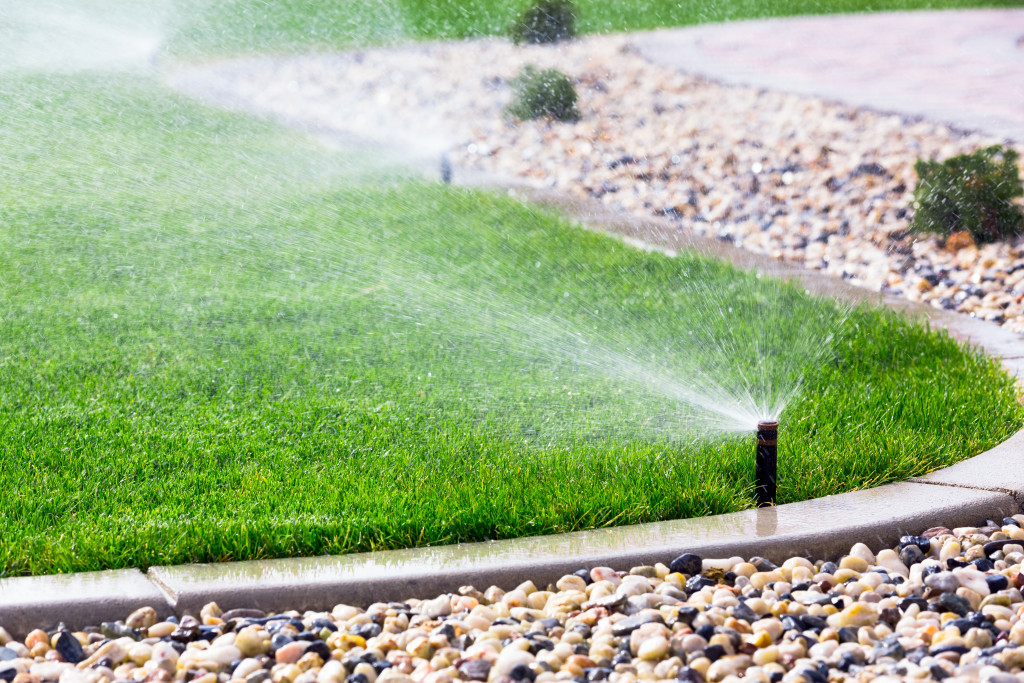- Composting is an effective way to reduce waste and create nutrient-rich soil.
- Planting native plants can benefit local wildlife while reducing invasive species and bringing beauty to your outdoor space.
- Attract beneficial insects with flowers and shrubs and offer food sources such as bird feeders and shallow dishes of water.
- Set up natural habitats with grass, trees, and shrubs to give birds and butterflies places to rest and feed.
- Growing native plants helps reduce the spread of invasive species while restoring the local environment for future generations.
U.S. Forest Service studies have shown that healthy, mature trees increase the value of your property by around 15 percent. They also make the home appealing to buyers, which can also help the municipality. There are many more subtle but equally critical economic benefits to you and your community.
As homeowners, people often forget that nature starts right outside their doors. They can make an impact on the environment simply by taking care of their backyards. This blog post will discuss some simple and easy ways to help take care of nature in your backyard.

Composting
Composting is a great way to reduce waste and add organic matter to your soil. It’s also a great way to give back to the environment by creating rich, nutrient-dense soil that can be used for gardening or landscaping projects.
Compost Bin
To start, you need a compost bin or container and some kitchen scraps, such as fruit and vegetable peels. You can also add yard trimmings such as leaves, grass clippings, twigs, and garden plants as long as they are not diseased.
Speeding Up the Process
Add a few handfuls of soil or shredded newspaper to speed up the composting process. Once you have your materials gathered, add them to the container in layers. Make sure each layer has an equal amount of green (nitrogen-rich) and brown (carbon-rich) materials.
Increase Oxygen and Moisture
As you build up the layers, occasionally use a pitchfork or other tool to turn the compost, which allows oxygen and moisture to reach the materials. Finally, water your compost pile every few days, so it is moist but not soggy. After about 4-6 weeks of regular turning and watering, a rich soil amendment should be ready for use.
Composting helps reduce the amount of waste sent to landfills, recycles nutrients from kitchen and garden scraps, and provides a great soil amendment for gardening projects.
Grow Native Plants
Growing native plants can have many benefits for your local ecosystem. Native plants require less maintenance because they are adapted specifically for the conditions in your area. Growing native plants will also benefit local wildlife because they are adapted to survive without human intervention while providing food sources such as berries or nuts.
Reduce Invasive Species
Growing native plants can help reduce the spread of invasive species that may disrupt the natural ecology of an area if left unchecked. Native plants also bring color and beauty to any outdoor space.
Restore the Local Environment
Native species in your garden or yard can help restore the local environment for future generations. Native plants are an essential part of preserving biodiversity and creating healthy ecosystems. With the right knowledge and effort, anyone can grow their native plants to create a beautiful outdoor space that supports local wildlife and helps preserve the environment.
Promote Sustainability
Planting native plants also help promote sustainability and reduce your impact on the environment. Native plants require less water than non-native species, saving you time and money spent watering.
If you are still trying to figure out how to take care of the trees in your backyard, you can look for a reputable tree surgeon course. The course can help you know more about taking care of the trees on your property. It provides you with hands-on knowledge about tree care.
Attract Wildlife
The best way to attract wildlife is by providing food sources. Planting native flowers and shrubbery will help attract beneficial insects like bees, butterflies, and ladybugs, which will help keep pests away from your garden.

Set Up Bird Feeders
You can also provide bird feeders with seed or suet for birds that visit your backyard throughout the year. Additionally, leaving out shallow water dishes will encourage birds to drink from them instead of searching for water elsewhere. Finally, adding a birdhouse or nesting box can provide shelter for small birds.
Create a Natural Habitat
Another great way to attract wildlife is to create natural areas of habitat. Allow the grass in your yard to grow slightly longer, giving insects and small critters like lizards, frogs, and snakes a place to hide. Make sure any plants you grow are native to your area, as this will ensure that the wildlife you attract is also native.
For larger animals, like deer and rabbits, consider planting a mix of shrubs and trees in which they can take refuge from predators. By providing these natural sources of food and shelter, you can create an inviting habitat for many forms of wildlife.
Taking care of nature in your backyard is an easy task that doesn’t require much effort but has huge benefits for you and the environment around you! Many effective methods are available that don’t need much time or money but can make a big difference in preserving nature in your backyard.
